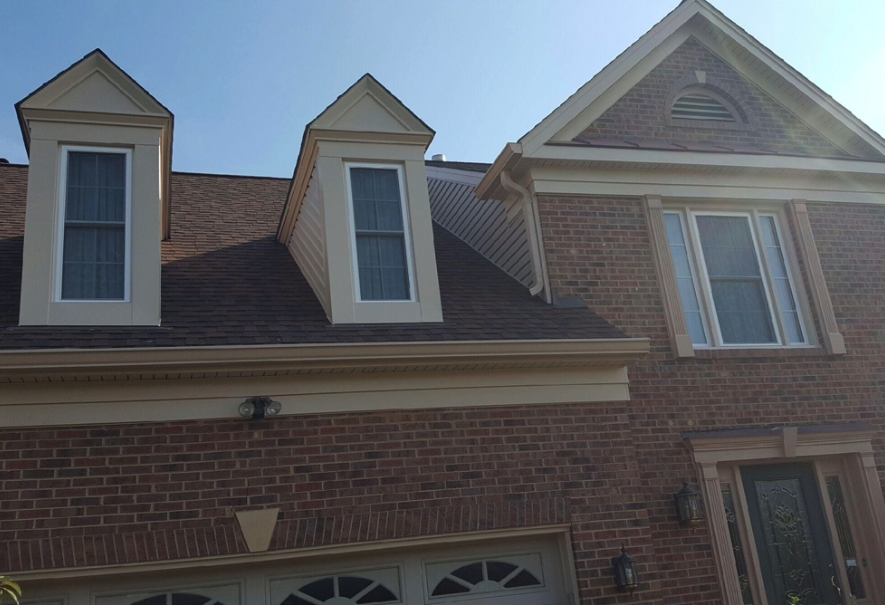The Difference: Vinyl and Fiberglass Windows

Windows have come a long way in the past century. While wood used to be the standard home window frame, recent innovations have made it difficult to label any one type of window “standard.” Now, more and more homeowners are choosing to update their windows to one of the current most popular wood frame alternatives such as fiberglass windows and vinyl windows.
Different as they may be, fiberglass and vinyl are actually both types of plastic. Vinyl, short for polyvinyl chloride (PVC), was first introduced as a lesser expensive alternative to wooden window frames in the 1970s. Fiberglass—a strong, lightweight material reinforced by glass strands—gained popularity in the early 2000s for addressing some of the limitations of vinyl windows. This said, as technology advances have become available, Vinyl Windows can now accomplish most of the same things that Fiberglass Windows have such as added strength with reinforcement, tighter tolerances to reduce air infiltration, and the capability to be painted but at a lower cost.
Price Point
The biggest thing consumers will likely notice right away when comparing these 2 types of windows is the stark difference in price point. With all home renovation investments, there is definitely some merit to the saying “you get what you pay for.” When stacked against bargain brand vinyl manufacturers, fiberglass/composite windows will perform better every time, however, when you compare one of the higher quality vinyl window manufacturers to fiberglass/composite, the vinyl windows will give fiberglass windows a run for its money at a lower price point. So, setting financials aside, what are the key differences?
Design Capabilities
While both fiberglass and vinyl can provide the traditional wood profile most homeowners are looking for when replacing windows, other differences in design can help with the decision-making process.
- Fiberglass windows and some vinyl windows typically have thinner frames, exposing more glass.
- Fiberglass windows are usually painted and will require periodic paint touch-ups versus vinyl windows are fade-resistant and don’t need to be painted.
- Fiberglass frames have screws or brackets on the corners to hold them together, versus Vinyl frames are fusion-welded at the corners
Strength and Durability
In terms of strength and durability, your average fiberglass window has a lifespan of about 50 years, outlasting most of your bargain brand windows, however, higher quality vinyl windows that are reinforced with fiberglass will last just as long and normally come with True Lifetime Transferable warranties. Fiberglass windows are known to require more maintenance to preserve their appearance, fading and deteriorating over time versus vinyl windows which are maintenance-free.
Energy Efficiency
With how expensive heating and cooling can be, upgrading to more efficient windows can be a great way to plug a spending leak in your utility bills and help the planet at the same time. Fiberglass windows will not crack, bend, or warp in any way, under heat or cold, maintaining your temperature and noise insulation through all seasons. Higher end vinyl windows come with the same guarantees that they will not crack, bend or warp and with the fusion welded corners, the fiberglass reinforcement and the tighter tolerances you will find that the higher end vinyl windows will come with lower air infiltration ratings making them the better choice to eliminate drafts and insulate your home.
In the end, there are pros and cons to both types of windows, and only you can decide which option will best suit your project. But, our team at Tri County Windows and Siding can provide the guidance you need to make that decision and move forward with your project with confidence.